The MAGA font style can add a bold, patriotic, or impactful statement to your designs. This guide explores its characteristics, best uses, and how to find similar fonts for your projects.
Choosing the right font is like picking the perfect outfit for your message. Sometimes you need something strong, something that stands out and makes a statement. That’s where the MAGA font style comes in. It’s not just about a single typeface; it’s about a feeling, a visual energy that many designers and individuals connect with for specific purposes. If you’ve ever seen bold, classic lettering and wondered how to achieve that impactful look, you’re in the right place. This guide will help you understand the essence of the MAGA font style and how to apply it effectively in your own projects, making your designs more versatile and powerful. Let’s dive in!
What is the “MAGA Font” Style?

When people refer to the “MAGA font,” they are typically thinking of the typeface used in the “Make America Great Again” slogan. This slogan became widely recognized for its strong visual presence, often printed in bold, classic, and somewhat nostalgic lettering. The style evokes a sense of tradition, patriotism, and firm conviction. It’s not a single, officially designated font but rather a recognizable typographic aesthetic characterized by its weight, structure, and often, a hint of vintage Americana.
The key elements that define this style include:
- Boldness and Weight: The font is usually very thick and heavy, giving it a commanding presence.
- Serif or Slab Serif: Often, the fonts used feature serifs (the small decorative strokes at the ends of letterforms) or are slab serifs, which have thick, block-like serifs. This adds a traditional, established feel.
- Classic Structure: The letter shapes are generally well-defined and traditional, not overly modern or abstract. Think of sturdy, readable letterforms.
- Sense of Authority: The combination of these factors creates a typeface that feels authoritative, reliable, and impactful.
This distinctive style has been adopted and adapted for various designs aiming for a similar effect, whether it’s for political campaigns, historical themes, or brands wanting to convey strength and heritage.
Why Use a “MAGA Font” Style in Your Designs?
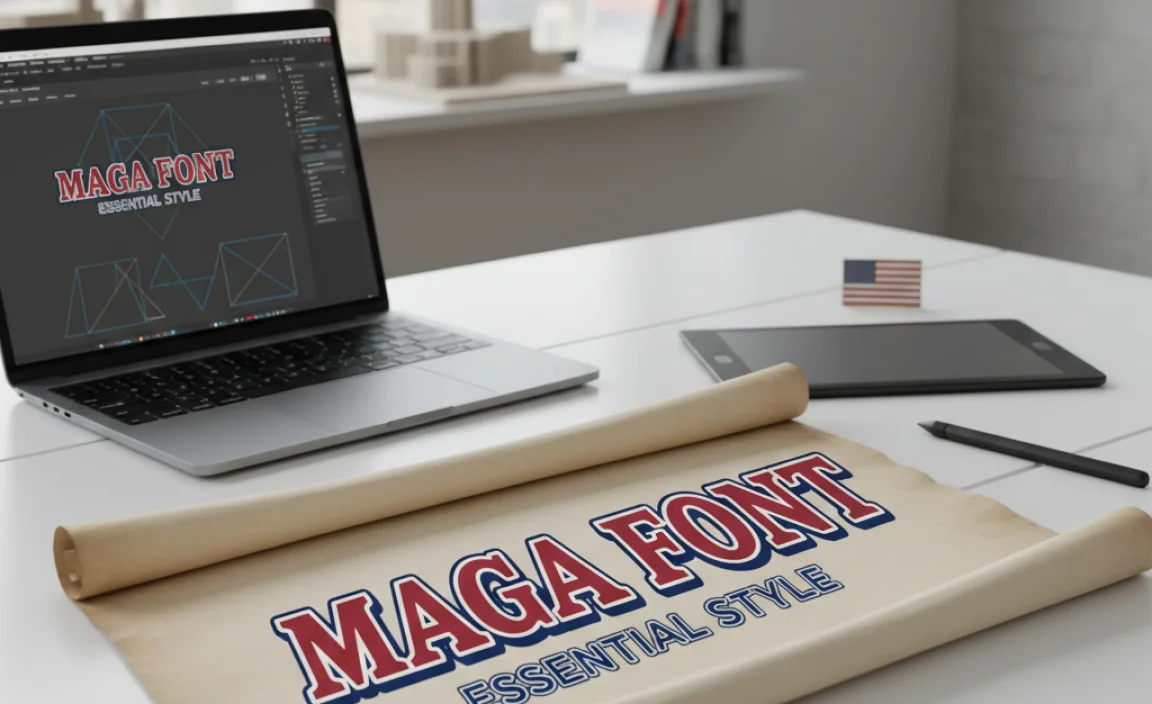
The decision to use a font style reminiscent of the MAGA aesthetic should be driven by your design’s specific goals and message. It’s a powerful typographic choice that can significantly influence how your audience perceives your content.
Here are some common reasons to opt for this style:
- Conveying Strength and Confidence: The bold, heavy nature of these fonts inherently communicates strength, reliability, and unwavering conviction. If your brand or message aims to project authority or a no-nonsense attitude, this style can be very effective.
- Evoking Patriotism or National Pride: Naturally, this style is strongly associated with American patriotism. If your project is related to national holidays, historical events, or themes of civic pride, this font can help set the right tone.
- Nostalgia and Tradition: Many fonts in this category have a classic or vintage feel. This can be used to evoke a sense of nostalgia, heritage, or timeless values. Think of old-school signage or classic Americana branding.
- Standing Out and Making an Impact: In a sea of sleek, minimalist designs, a bold, classic font can cut through the noise. It demands attention and ensures your text is not easily overlooked.
- Specific Campaign or Movement Messaging: When aligning with specific political or social movements that use this visual language, adopting a similar font style can create immediate recognition and solidarity.
It’s crucial to remember that typeface choice carries meaning. Using this style is a deliberate act that will shape audience perception, so ensure it aligns with your overall brand identity and communication strategy.
Key Characteristics of the MAGA Font Style

To truly master the MAGA font style for your designs, understanding its core typographic features is essential. It’s not just about one font, but a set of characteristics that make a typeface fit this particular aesthetic. When designers talk about the “MAGA font,” they’re usually referring to fonts that share these traits.
| Characteristic | Description | Effect in Design |
|---|---|---|
| Weight | Typically Extra Bold, Black, or Heavy. The letters have significant thickness. | Creates a strong, impactful, and unmissable visual presence. Conveys power and certainty. |
| Serifs | Often features prominent serifs, particularly slab serifs (thick, block-like serifs) or sturdy, traditional serifs. | Adds a sense of tradition, heritage, and reliability. Can also lend a vintage or historical feel. |
| Letterform Structure | Geometric or classic proportions. Letters are usually wide, with clear, defined strokes. Minimal ornamentation. | Ensures readability even at large sizes and contributes to a solid, dependable appearance. |
| X-Height | Often a relatively large x-height (the height of lowercase letters like ‘x’). | Improves legibility and gives the font a substantial, grounded feel. |
| Overall Feel | Authoritative, nostalgic, bold, patriotic, traditional. | Communicates strength, steadfastness, and a connection to established values or a specific cultural identity. |
Think of fonts like Impact, Bebas Neue (though sans-serif, its boldness fits), or display serif fonts with heavy strokes for a similar vibe. These characteristics work together to create a distinct visual language.
Finding Fonts With a Similar Style
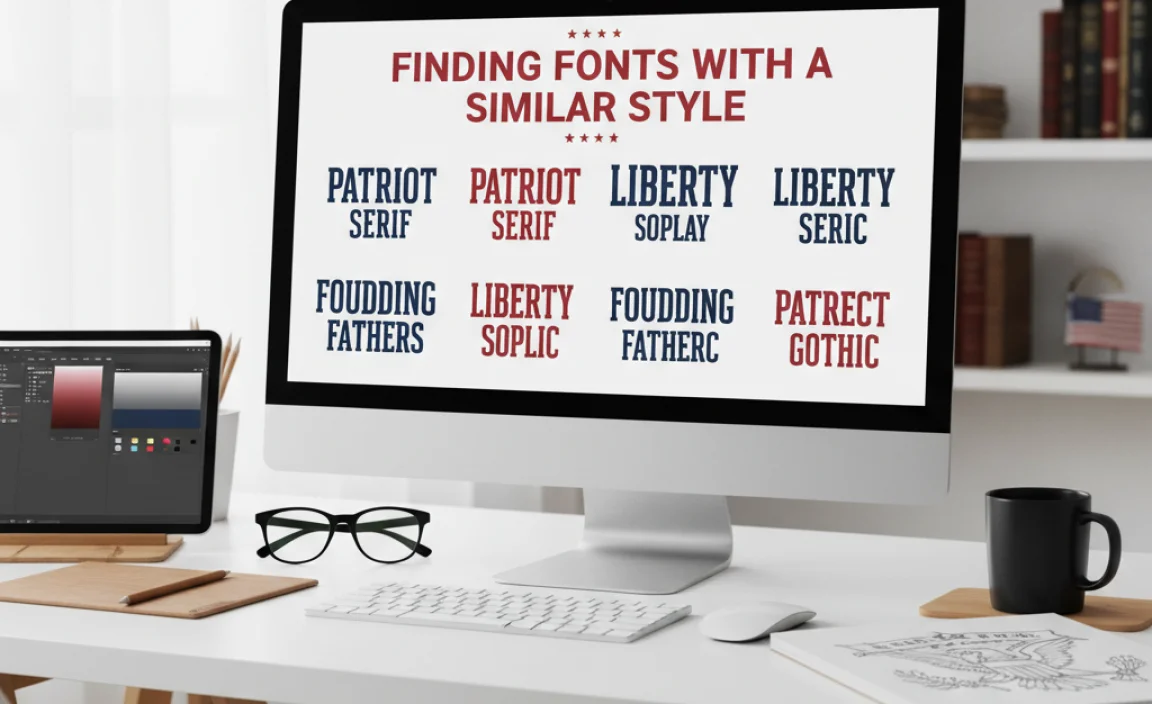
While there isn’t a single font officially designated as “the MAGA font,” many typefaces share its distinctive characteristics. When searching for fonts that evoke a similar powerful, classic, and impactful style, you’ll want to look for specific features. Here’s how to hunt for them:
Keywords for Your Font Search
When browsing font libraries, use these descriptive terms to find suitable options:
- Bold Display Fonts
- Heavy Slab Serif Fonts
- Vintage Serif Fonts
- Classic Serif Fonts
- Impactful Fonts
- Strong Letterpress Fonts
- Patriotic Fonts
- Headline Fonts
Popular Font Categories to Explore
Focus your search within these categories:
- Slab Serifs: These are characterized by thick, block-like serifs. Think of fonts like Rockwell, Arvo, or Clarendon.
- Heavy Sans-Serifs: While often associated with serifs, very bold sans-serifs like Impact, Oswald (heavy weights), or Anton can also carry a similar commanding presence.
- Classic Display Serifs: Fonts with strong, traditional serif structures and bold weights.
Recommended Font Families (Examples)
Here are a few font families that come close to the desired aesthetic. You can often find free versions on Google Fonts or paid options on sites like Adobe Fonts, MyFonts, or Fontspring.
- Oswald (Bold/Extra Bold): A great free option on Google Fonts. Though sans-serif, its condensed and bold structure makes it very impactful.
- Anton: Another strong, condensed sans-serif from Google Fonts, perfect for headlines that need to grab attention.
- Rockwell: A classic slab serif that embodies strength and tradition. Available on many platforms.
- Bebas Neue (Bold/All Caps): While a sans-serif, its tall, condensed, and bold nature makes it a popular choice for impactful display text.
- League Gothic: Similar to Bebas Neue, this is a condensed, bold sans-serif that works well for titles and headlines.
- Abril Fatface: A striking display serif with high contrast and bold strokes, offering a more elegant but still powerful feel.
Remember to check the licensing for any font you use, especially for commercial projects. Always consider the context of your design – does the font’s perceived message align with your intent?
Using the MAGA Font Style Effectively in Design

The power of the MAGA font style lies in its boldness and historic undertones. However, like any strong design element, it needs to be used thoughtfully. Applying it incorrectly can lead to a dated or overwhelming look. Here’s how to use this style effectively:
1. Headlines and Titles
This is where this font style truly shines. Its substantial weight ensures titles and headlines grab immediate attention.
- Example: For a blog post about American history, a headline like “Founding Fathers’ Bold Vision” could be set in a heavy slab serif.
- Tip: Use these fonts for short, impactful phrases rather than long paragraphs, as they can be harder to read in extended text.
2. Branding and Logos
For brands that want to project strength, heritage, or patriotism, this font style can be a cornerstone of their visual identity.
- Example: A craft brewery that emphasizes traditional brewing methods might use a bold, vintage-inspired font for its logo.
- Consideration: Ensure the font aligns with the brand’s overall personality. If it’s a modern tech startup, this style would likely be a mismatch.
3. Posters and Print Materials
When you need a poster or flyer to make a definitive statement, these fonts command attention.
- Example: A political rally poster or a vintage-style advertising graphic for a local fair.
- Best Practice: Pair these bold fonts with simpler, more readable fonts for body text to create a balanced design.
4. Social Media Graphics
For impactful social media posts that need to cut through the feed, using a bold font for key messages is a great strategy.
- Example: A quote graphic featuring an inspiring or patriotic saying.
- Format: Ensure the font is legible at small screen sizes.
When to Be Cautious
While powerful, this font style can be associated with specific political connotations for some. Always consider your target audience and the broader context of your project. It might not be suitable for designs aiming for subtlety, a lighthearted tone, or a universally neutral appeal.
Pairing Fonts with the MAGA Style
Creating a visually appealing design often involves pairing fonts. When using a bold, attention-grabbing font for headlines or key elements—often referred to as the “MAGA style”—choosing complementary fonts for body text is crucial. You need secondary fonts that enhance, rather than compete with, your primary typeface.
The goal is to create contrast while maintaining harmony. Here are some effective pairing strategies:
| Primary Font Style (e.g., Bold Slab Serif) | Recommended Pairing Font Style | Reasoning | Example Use Case |
|---|---|---|---|
| Heavy, Bold, Traditional Serif (e.g., Rockwell) | Clean, Readable Sans-Serif (e.g., Open Sans, Lato) | The contrast between serif and sans-serif adds visual interest. The clean sans-serif provides excellent readability for longer texts, balancing the strong presence of the headline font. | Website headlines paired with article body text. |
| Extremely Bold Condensed Sans-Serif (e.g., Impact, Anton) | Light or Regular Weight Serif (e.g., Merriweather, Georgia) | Offers a classic contrast. The serif adds a touch of sophistication or a vintage feel, which can soften the aggressive boldness of the primary font. | Event posters with title and descriptive information. |
| Thematic, Heavy Display Font | Neutral, Modern Sans-Serif (e.g., Roboto, Montserrat) | The modern sans-serif acts as a neutral canvas, allowing the display font to be the star without looking dated or cluttered. | Branding for brands that need a strong statement but also broad appeal. |
| Any bold, heavy headline font | A slightly lighter, more humanist sans-serif | Humanist sans-serifs often have a friendlier, more approachable feel, which can help balance the authoritative tone of heavier fonts. | Marketing materials where a strong call to action needs to be combined with approachable information. |
Key Pairing Principles:
- Contrast is Key: Pair a serif with a sans-serif, or a bold font with a light one.
- Readability First: Ensure your body text font is highly readable. This is non-negotiable for conveying information effectively.
- Hierarchy: Use your bold font for emphasis (headlines, calls to action) and your pairing font for supporting content.
- Limit Your Palette: Stick to two or at most three fonts to avoid a cluttered or unprofessional look.
By thoughtfully choosing fonts that complement the strength of a “MAGA style” headline, you can create designs that are not only impactful but also aesthetically pleasing and highly functional.
Legality and Licensing Considerations
When using any font for your design projects, it’s crucial to understand the legal and licensing aspects. The “MAGA font style” can be achieved using various typefaces, each with its own license. Ignorance of these terms can lead to legal trouble, especially for commercial use.
Understanding Font Licenses
Fonts are software, and like any software, they come with licenses that dictate how they can be used. Common types of licenses include:
- Personal Use License: Allows you to use the font for non-commercial projects (e.g., a personal blog, a school project). Commercial use is prohibited.
- Commercial Use License: Permits you to use the font for business purposes, such as logos, marketing materials, websites, and products for sale. This often comes with varying terms (e.g., per desktop installation, web embedding, app embedding).
- Open Source Licenses (e.g., SIL Open Font License): These are generally very permissive, allowing free use for personal and commercial projects, modification, and distribution, often with minimal restrictions (like keeping the license terms with the font file). Google Fonts are a great example of openly licensed fonts.
Where to Find Font License Information
You can usually find license details on the website where you download or purchase the font:
- For Google Fonts: All fonts are available under open-source licenses, typically the SIL Open Font License (OFL). You can find more details on the SIL website.
- For Fonts from Foundries/Marketplaces (e.g., Adobe Fonts, MyFonts, Fontspring): Each font will have its own license agreement. Look for a “License,” “EULA” (End-User License Agreement), or “Terms of Use” link.
Key Things to Check for Commercial Designs:
- Desktop vs. Web Use: Does the license cover use on websites? If so, are there limits on traffic or number of page views?
- Logo Use: Can the font be embedded in a logo? Some licenses require an additional logo embedding license.
- App or E-book Use: If you’re developing an app or creating an e-book, check if these specific embedding rights are covered.
- Number of Users/Installations: For desktop use, licenses are often priced per user or per installation on computers.
Using overtly political or campaign-specific fonts without appropriate authorization can lead to infringement claims. It’s always best practice to select fonts that align with your project’s message and to double-check their licensing terms to ensure you’re using them legally and ethically. For designs aiming for the “MAGA font style” aesthetic without direct political association, choosing a similar but distinct typeface from a reputable, open-source collection like Google Fonts is often a smart, safe, and cost-effective approach.
Exploring Similar Styles: Beyond the “MAGA Font”
The desire for bold, impactful, and often classic-feeling typography extends far beyond any single slogan. Many design styles can evoke a similar sense of strength, tradition, or authority. Understanding these related aesthetics can broaden your font selection and creative options.
1. Industrial / Strong Serif Fonts
These fonts often feature thick strokes, robust serifs, and a utilitarian, no-nonsense feel. They communicate durability and a sense of being built to last. Think of fonts used in old factory signage or robust machinery labeling.
- Characteristics: Heavy weight, pronounced serifs (often slab), sturdy construction.
- Use Cases: Branding for construction, manufacturing, rugged products, historical themes.
- Find them by searching: “Industrial fonts,” “Heavy slab serif,” “Robust serif.”
2. Vintage Americana / Retro Display Fonts
This style draws heavily from American design history, often from the early to mid-20th century. It can encompass everything from classic western saloon posters to mid-century advertising.
- Characteristics: Can range from bold slab serifs to ornate scripts and hand-drawn styles. Often has a slightly weathered or distressed look, or a distinct geometric structure from specific eras.
- Use Cases: Branding for diners, craft beverages, heritage products, retro-themed events.
- Find them by searching:

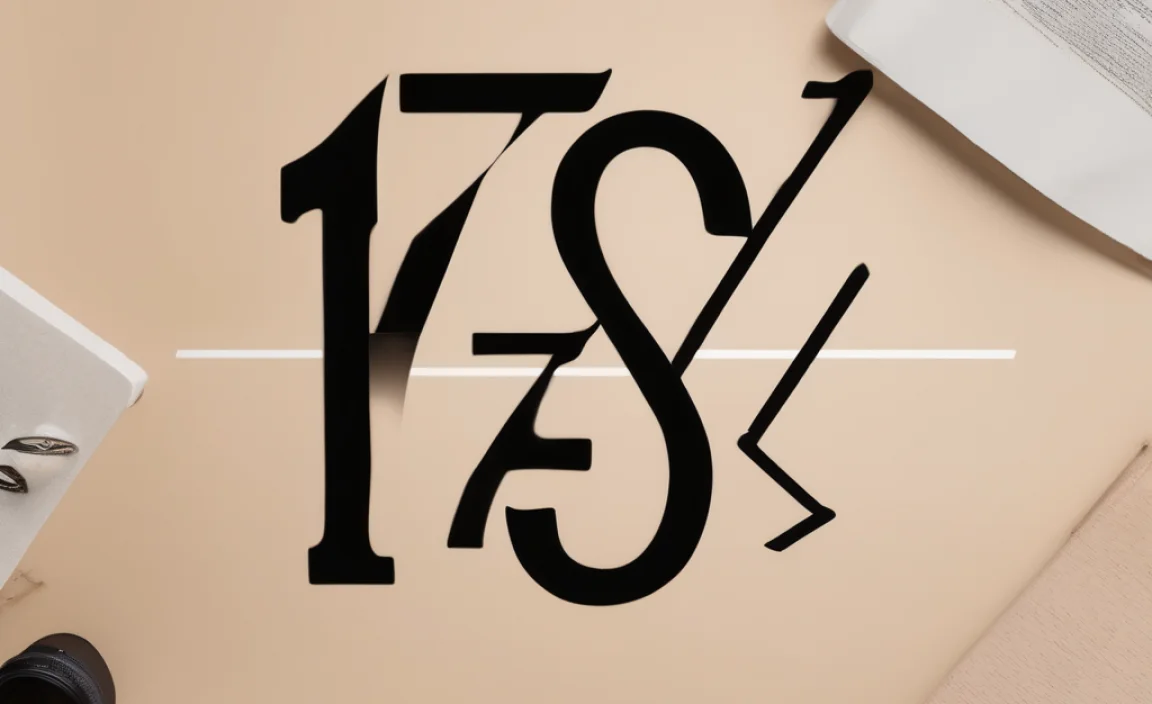
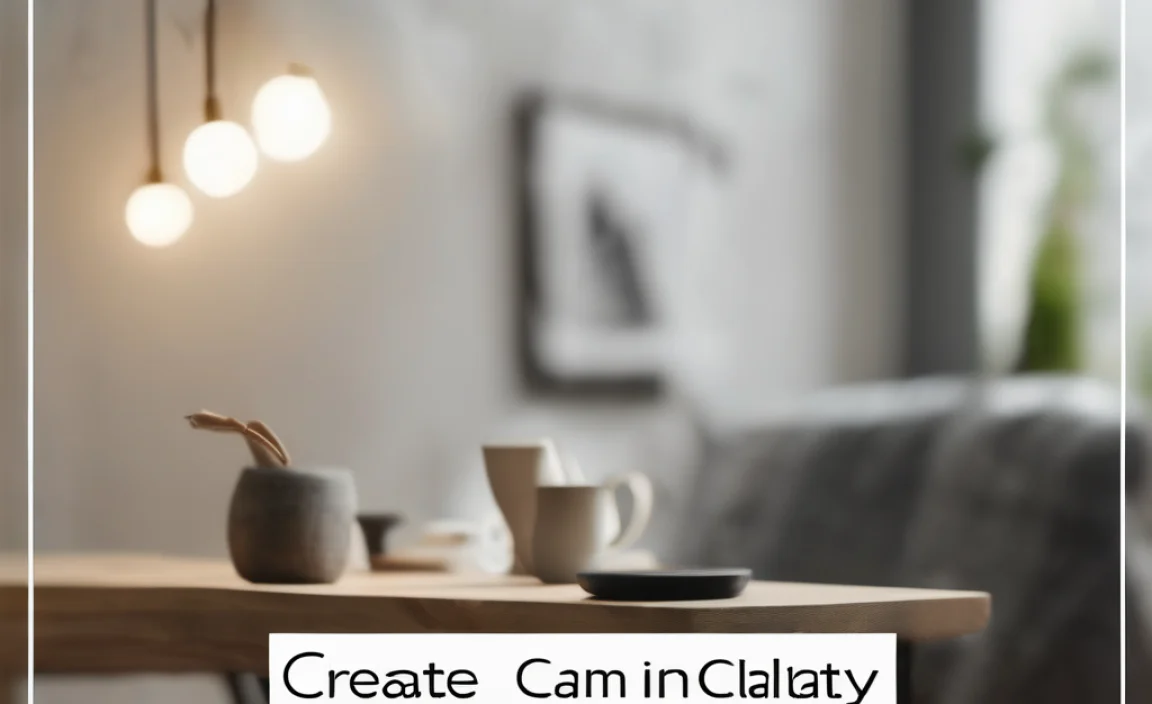
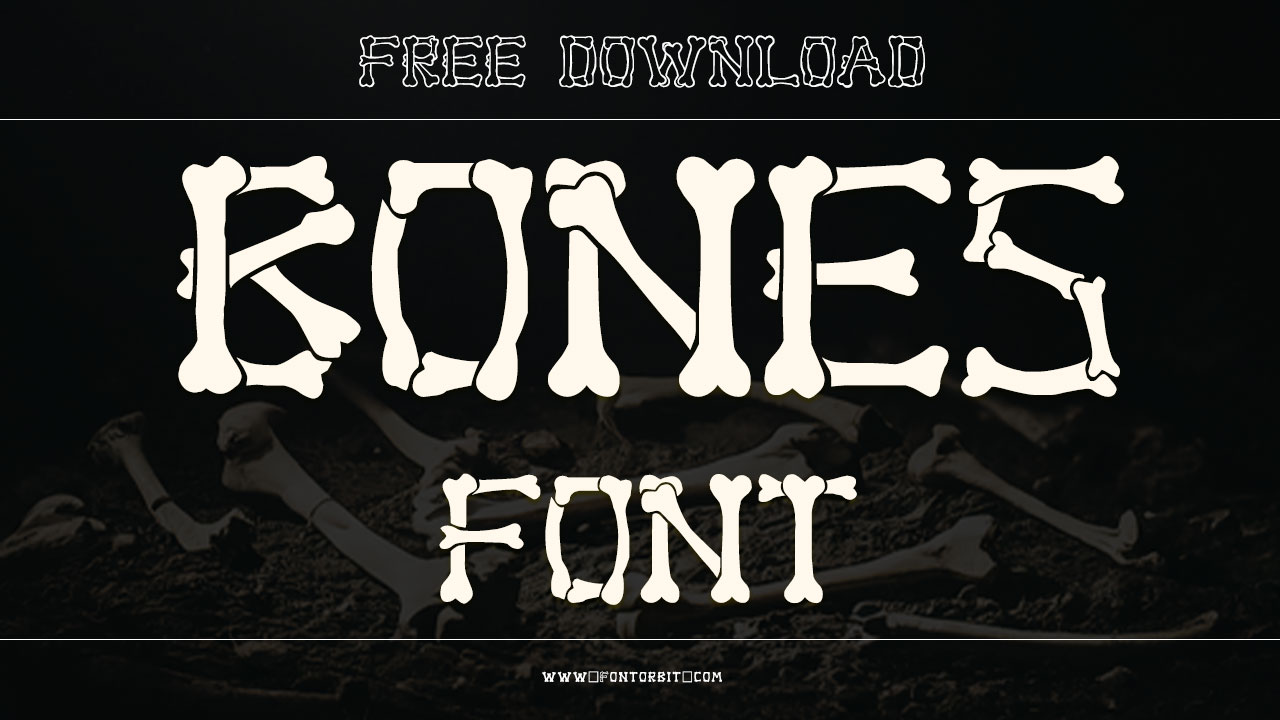
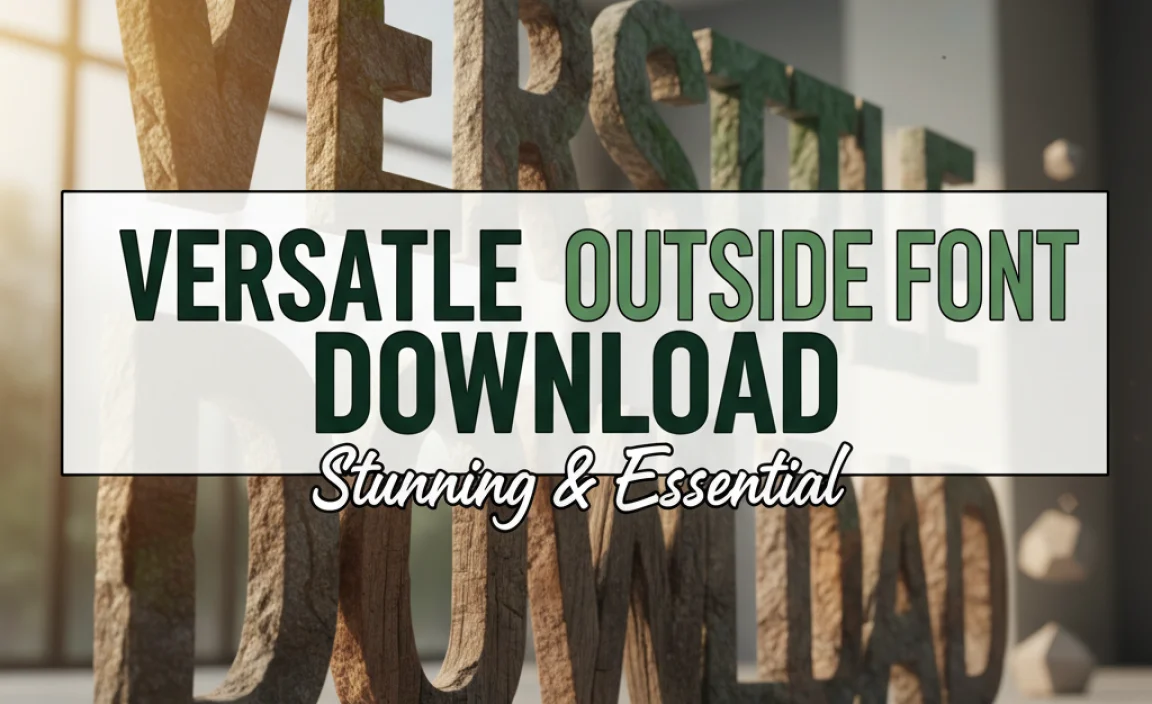

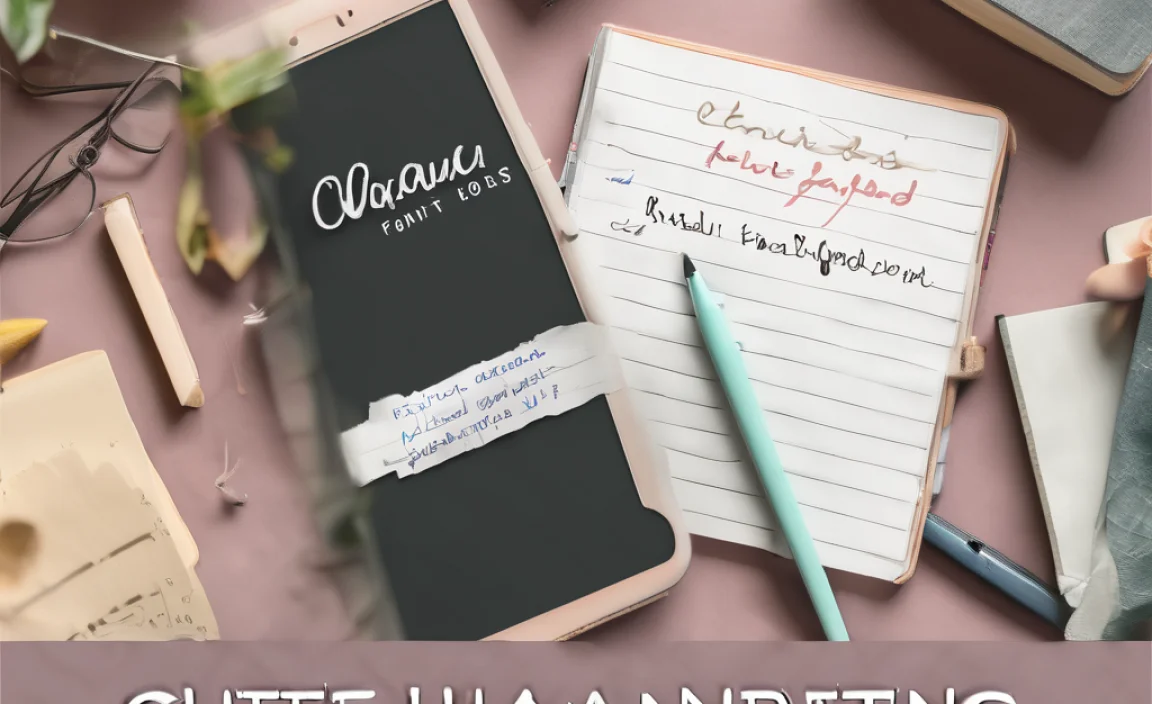










Leave a Comment